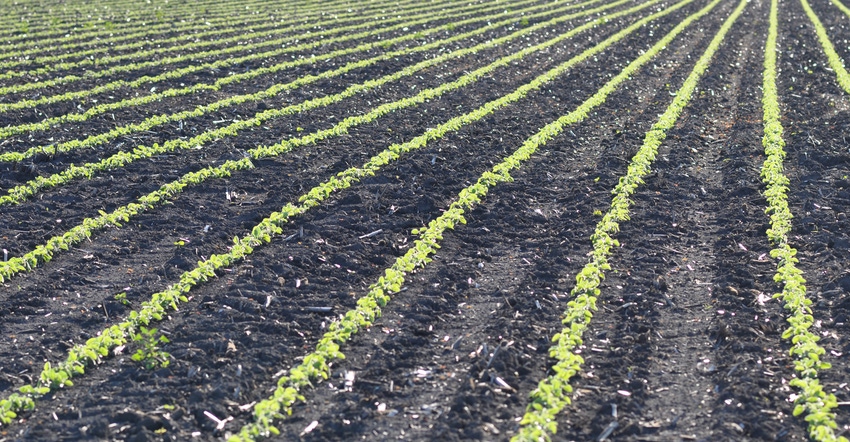December 11, 2017

By Ross Albert
As we work our way through the busy land sales season, there is an element of real estate that has played the most important role in land values: location!
For me, the latest round of land sales has reaffirmed the effect that location can have on farmland value. The location aspect includes three key concepts that can cause properties of similar quality to possibly sell at very different price points.
• Who are the neighbors? Recently, we have seen a wide spread in land sale prices on similar pieces of property based on who the neighbors are and their desire to own more farmland. We have seen land sales for Class A (138+ PI) land in central Illinois range from the mid-$8,000s to the mid-$15,000s. These are areas where both local farmers and investor buyers want land! Despite lower commodity prices, land values seem to be holding strong in these pockets where the competition for land is strong.
• Inventory on the market and recent sales. There are territories with a history of strong sale prices that are feeling the residual effect of a “tired market.” These areas have seen a fair number of land transactions in the last five years at strong levels, but the enthusiasm has slowed down. This is more prevalent in areas where local farmers have been the most common buyers with borrowed funds. The reduction in net farm incomes is affecting these areas more than areas with a stronger investor buyer presence. With that in mind, these areas may be good for the investor who isn’t married to a particular location.
• Proximity to a “value-added neighbor” and nonfarm income. A value-added neighbor would include livestock operations with access to manure, commercial and residential properties, or even land that is in the path of progress. We have seen a premium placed on farms that are in close proximity to livestock operations, as the efficiency for manure management can result in a higher value. The same is true for transitional properties, or farms on the fringe of progress and development. While the farm’s best use today is for agriculture, buyers may be speculating about future income or alternative uses. If a farm has nonfarm income associated with it — such as wind power or cellular tower leases, transmission line easements, or mineral mining — buyers are often paying a price premium.
What does this all mean to you? The direction of current land values is subject to the location of the property. While there appears be a slight downward trend in land values for 2017, there are certainly pockets that are still very strong. Determining an opinion of value for farmland today seems to be increasingly challenging. At this point, what you really need to look at is the economic picture for a small geographic area where that particular farm is located.
Albert is a farm manager with Soy Capital Ag Services, Bloomington, Ill. He is a member of the Illinois Society of Professional Farm Managers and Rural Appraisers, whose members regularly contribute to this column. Email farm management questions to Carroll Merry at [email protected].
You May Also Like




